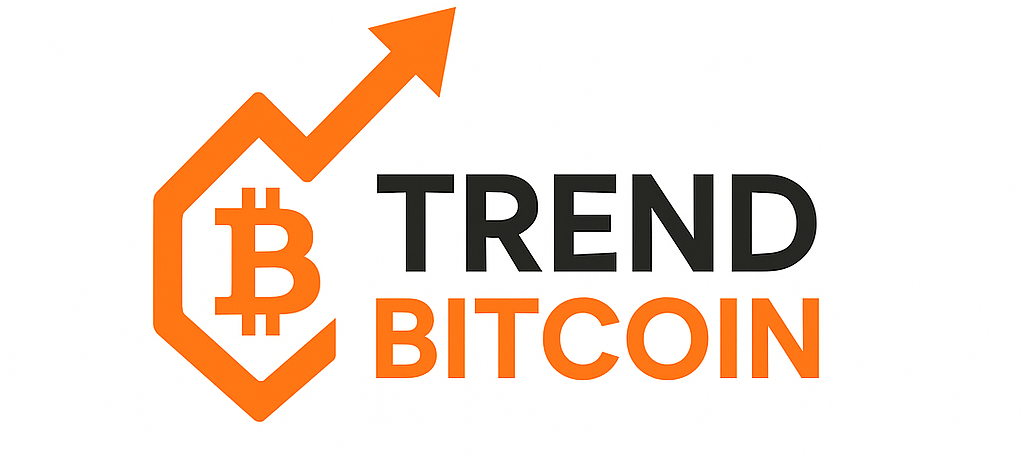In early 2025, investors in the OM token—a governance and utility token for the Mantra Chain ecosystem—were blindsided by a wave of liquidations that wiped out millions in value. What began as another high-potential DeFi project turned into yet another case study in how quickly hype can turn into heartbreak in the crypto space.
But the failure of OM isn’t just about one token. It’s a painful reminder of the systemic risks, psychological traps, and structural weaknesses that continue to haunt investors, especially during market rebounds.
So what happened with OM? And more importantly—how can you avoid falling into the same trap?
What Happened With OM Token?
OM is the native token of the Mantra Chain ecosystem, which originally gained popularity for its focus on DeFi, staking, and community governance. It was marketed as a gateway to next-generation finance, built on Polkadot, with plans to become a full-fledged Regulatory-Compliant Layer 1 chain.
However, in early 2025, OM’s price plummeted as liquidation levels were breached—particularly due to aggressive leveraging and collateralized positions tied to the token.
Here’s what likely contributed to the collapse:
-
Excessive on-chain leverage from users and insiders
-
OM used as collateral in lending protocols that liquidated during price drops
-
Lack of deep liquidity to absorb sell pressure
-
Trust in the ecosystem outpacing real development
The result? A cascade of liquidations and a sharp breakdown in investor confidence.
Why These Crypto Collapses Keep Happening
We’ve seen this before—with LUNA, FTX, UST, and countless smaller tokens. But why do they keep happening?
Here are the common denominators:
1. Overreliance on Leverage
DeFi offers powerful tools—but many protocols allow users to borrow against speculative assets, creating fragile ecosystems that collapse under price volatility.
In DeFi, people can borrow money by using crypto as collateral—like taking out a loan using your coins. But many investors use risky, volatile tokens as that collateral.
If the value of that token drops (which often happens in crypto), the system automatically sells those tokens to cover the loan. When many people do this at once, it creates a domino effect of forced sales and price crashes—known as a liquidation cascade.
- It’s like stacking dominoes on a wobbly table—if one falls, the whole system gets shaky.
2. Poor Treasury Management
Projects often overcommit liquidity incentives, burn through reserves, or rely on their native token to fund operations—making them inherently unstable.
Crypto projects need funds to grow—like paying developers, offering rewards, and building features. The problem? Many projects:
-
Spend too much on rewards to attract users
-
Rely on their own token (not real money) to fund everything
-
Don’t manage their finances wisely
If the token price falls, they suddenly can’t afford to operate. And because they didn’t plan for tough times, the project can collapse or shut down unexpectedly.
- Imagine running a business using only your company’s stock to pay bills—if the stock tanks, so does the business.
3. Weak Fundamentals, Strong Narratives
A well-written whitepaper and Twitter hype can mask the fact that many tokens have no product-market fit, sustainable revenue model, or transparency.
4. Delayed Communication
When teams fail to address problems early, panic spreads. In OM’s case, slow or vague messaging during the drop amplified distrust.
Investor Psychology: Why We Keep Falling For It
Even seasoned investors sometimes get caught. Why? Because psychology plays a bigger role than people admit.
FOMO (Fear of Missing Out)
The rise of OM was accelerated by influencer promotion and retail enthusiasm. People hate missing the next “100x,” so they jump in too fast.
Herd Mentality
When everyone’s in, it feels safer—even though it’s often the most dangerous time to enter.
Confirmation Bias
We look for signs that support our decision to buy, and ignore the red flags—like poor tokenomics, centralized control, or questionable utility.
How to Avoid the Next Crypto Trap: A Due Diligence Framework
Here’s how you can protect yourself moving forward—regardless of the market cycle.
🔎 1. Research Token Utility and Supply
-
What is the token actually used for?
-
Is it needed, or is it just an incentive?
-
How much of the supply is in circulation, and how much is still locked?
🧠 2. Evaluate the Team and Transparency
-
Are team members doxxed and credible?
-
Do they communicate clearly during volatility?
-
Can you verify treasury or development progress on-chain?
📊 3. Check Collateral Risk
-
Is the token being used as collateral in DeFi protocols?
-
If yes, a price drop can create cascading liquidations.
-
Avoid tokens with circular dependencies (e.g., token price supports loans that hold the same token).
🔐 4. Diversify Across Real Use Cases
-
Hold a mix of store-of-value (BTC), infrastructure (ETH), and promising utility projects
-
Don’t chase just hype-driven low-caps
-
Limit speculative positions to <10% of your portfolio
🚫 5. Beware of Unrealistic APYs or “100x Narratives”
-
If it sounds too good to be true—it is
-
Sustainable DeFi protocols rarely offer triple-digit yields
-
Prioritize protocol health over projected returns
What the OM Token Collapse Means for the Industry
Unfortunately, events like this shake confidence—not just in one project, but in crypto investing as a whole. Every time a token collapses, it reinforces the perception that Web3 is untrustworthy, volatile, and risky.
But here’s the flip side:
Each collapse also refines the space—weeding out weak actors, forcing investors to become more informed, and opening the door for stronger projects and tools to emerge.
This is the evolution of an industry still in its adolescence.
Final Thoughts: The Real Strategy is Wisdom, Not Speed
You don’t need to be first. You need to be right.
The OM token collapse is a reminder that speed, hype, and returns mean nothing without risk management and due diligence.
The smartest crypto investors in 2025 aren’t the ones who “found the next gem.” They’re the ones who avoided the landmines—and positioned themselves with clarity, not emotion.
If you’ve lost money, know this: you’re not alone. But your next move doesn’t have to be based on fear. Let it be based on strategy.
📩 Stay Ahead of the Hype
Want weekly breakdowns on how to invest smarter with AI tools, trend forecasting, and market psychology?
Subscribe to the TrendBitcoin newsletter — where insight beats hype.










